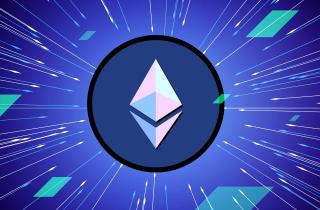Web 3.0 Projects in Crypto
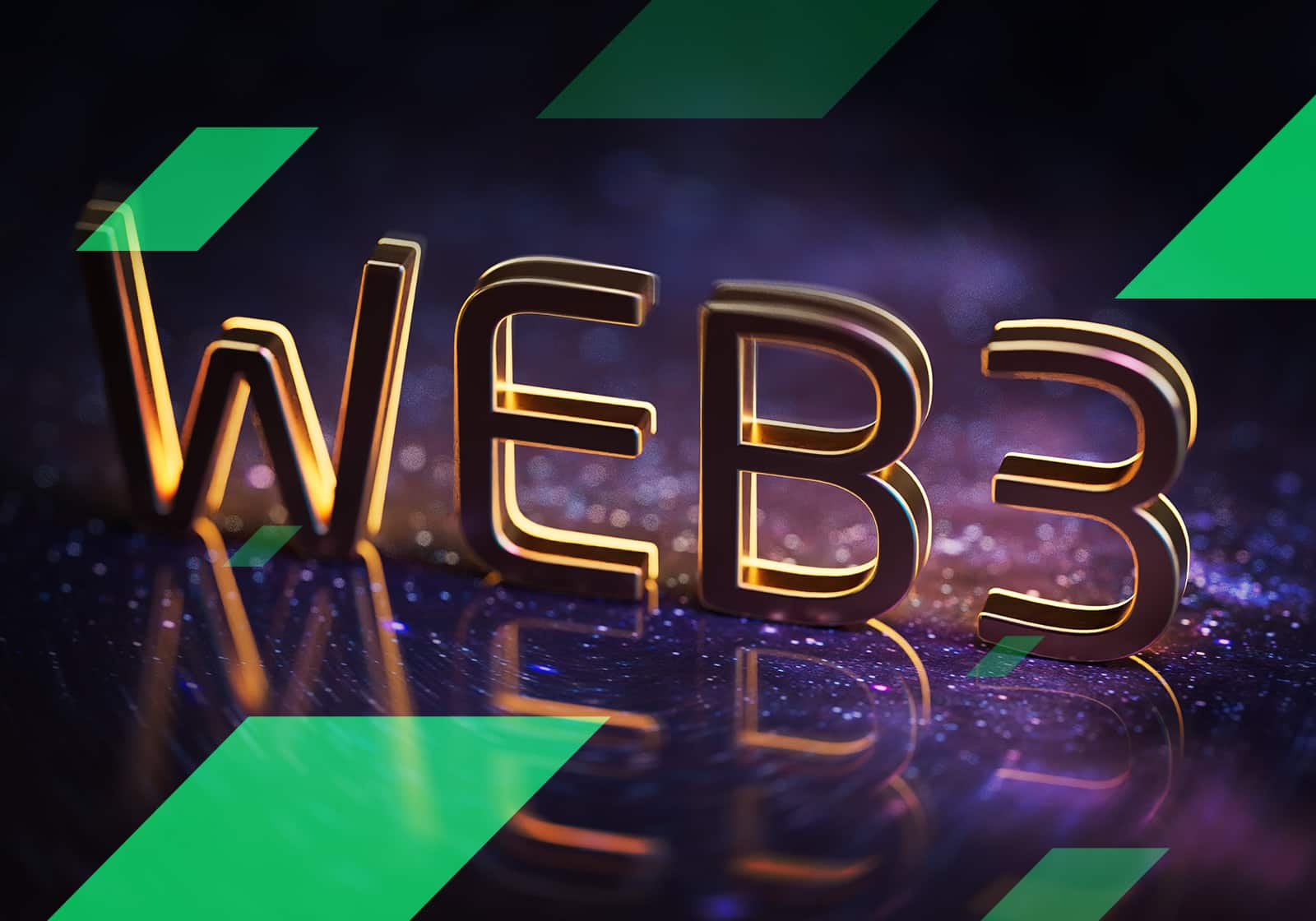
Despite the fact that the Internet isn't an old technology, it's now difficult to imagine life without it. At the same time, it's not static and continues to evolve. These are usually quantitative changes. Sometimes, however, there are qualitative changes that represent fundamental shifts in the way we perceive and engage with the Internet. In this article, we'll talk about Web 3.0 and the most notable projects of this kind in the crypto industry.
The evolution of the web
Since its inception, the Internet has undergone significant transformation, evolving through distinct major phases.
What is Web 1.0?
Web 1.0 was the first version of the World Wide Web, which started to gain popularity in the early 1990s after the introduction of the communication protocol and HTTP. Websites of this version were static pages with text, links and images, providing users with information but lacking features for user-generated content or collaboration. User interaction with the websites was limited to simple forms of communication, such as forums.
What is Web 2.0?
Web 2.0 is the current generation of the Internet. It began to spread in the early 2000s. Web 2.0 is based on interactive web platforms and services. The difference from Web 1.0 is that websites became web applications that can be used independently by users. This was later supplemented by social media and cloud services. In Web 2.0, users actively participate in social networking, content creation and sharing, and collaboration.
What is Web 3.0?
Web 3.0 represents the latest phase in the Internet's evolution. This era, which is still unfolding, is characterised by the convergence of blockchain technology, decentralised applications (DApps), and the promise of a more intelligent, secure, and user-centric web.
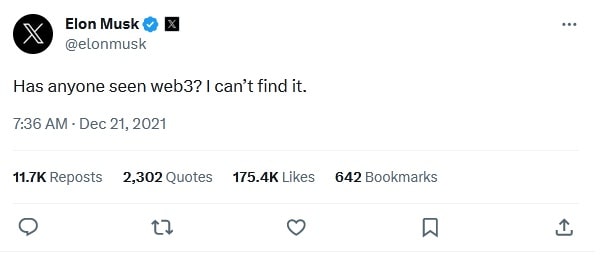
Introduction to Web3
So, we are now entering a new phase in the Internet development. But what exactly is it? Let's find out.
Web3 vs Web 3.0: what's the difference?
Currently, two terms are used to refer to the next generation of the Internet: Web 3.0 and Web3. This creates some confusion because these terms have different origins. The concept of Web 3.0 first appeared back in the 1990s, along with Tim Berners-Lee's concept of the semantic web. Among the main ideas of Web 3.0 was the translation of all network content into machine-readable form, which would allow computers to interpret and process network data without human intervention.
However, the concept of the next generation of the Internet has since changed. In 2014, Ethereum co-founder Gavin Wood introduced the term Web3 and viewed its concept from a new perspective as a decentralised version of the Internet built using blockchain.
These terms are now used interchangeably. Web 3.0 refers more often to the technical evolution of the Internet, while Web3 encompasses a more comprehensive vision of a decentralised, user-centric Internet.
Core ideas of Web3
Web3 is based on several core ideas that shape its philosophy and implementation.
- Decentralisation. Web3 seeks to move away from centralised control structures. It advocates for distributed networks and consensus mechanisms, like blockchain, to eliminate single points of failure and reduce the influence of intermediaries.
- User sovereignty. Web3 places users in control of their data and digital identity. It enables users to manage and grant access to their information, fostering greater privacy and security.
- Interoperability. Web3 aims to create a seamless, interconnected digital environment where different applications and services can communicate and interact without friction.
- Tokenisation. Cryptocurrencies and tokens play a major role in Web3. They represent digital assets, enable economic incentives, and facilitate decentralised governance within digital ecosystems.
- Trustless transactions. With the use of smart contracts and blockchain technology, Web3 promotes trustless transactions, reducing the need for intermediaries and enhancing security.
- Open source and collaboration. Web3 thrives on open-source principles and encourages collaboration among developers, promoting innovation.
Web3 project ideas
Now, there are many projects that position themselves as Web3-related. The most notable ideas of projects driven by the core principles of Web3 include the following:
- Decentralised social networks. Social media platforms that give users full control over their data, privacy settings, and content ownership.
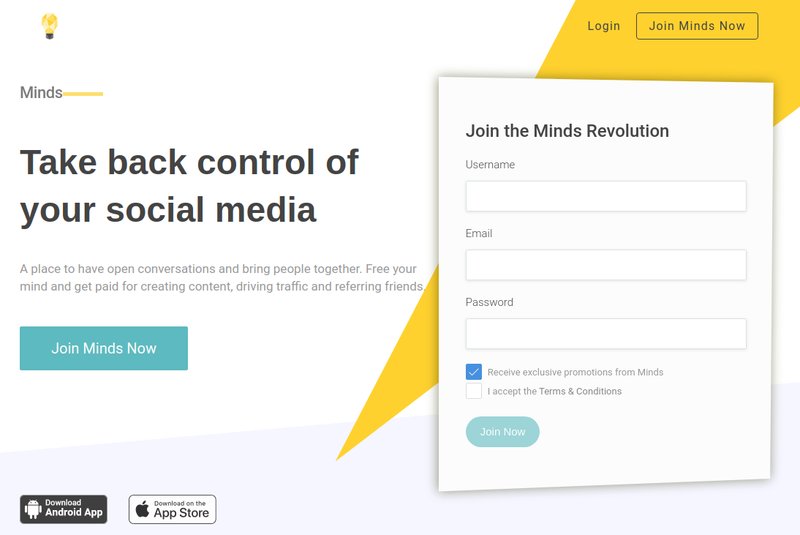
- Decentralised storage. Blockchain-based storage solutions where users can securely store their data, ensuring privacy and control over their information.
- DeFi protocols. Decentralised financial platforms that facilitate lending, borrowing, and trading of digital assets while eliminating the need for traditional intermediaries.
- Web3 identity. Decentralised identity systems that allow users to manage their digital identities securely and without relying on centralised authorities.
- Web3 marketplaces: Decentralised e-commerce platforms that enable peer-to-peer transactions with smart contract-powered escrows and dispute resolution.
- Web3 gaming. Integrating blockchain technology into online gaming to enable true ownership of in-game assets.
- NFT marketplaces. Non-fungible token marketplaces that provide artists, creators, and collectors with fair revenue sharing and provenance tracking.
What is Web 3.0 crypto?
In short, Web 3.0 crypto refers to cryptocurrency projects that play a role in turning the Internet into a decentralised, user-centric ecosystem.
The best Web3 crypto projects and tokens
In recent years, there have been quite a few crypto projects that are working on building the third generation of the Internet. Here are some of the most prominent and notable examples of Web3 projects in the crypto industry:
- Ethereum (ETH). Ethereum is a pioneering blockchain platform that introduced smart contracts, enabling the creation of DApps and DeFi projects. This Web3 project has the highest market cap.
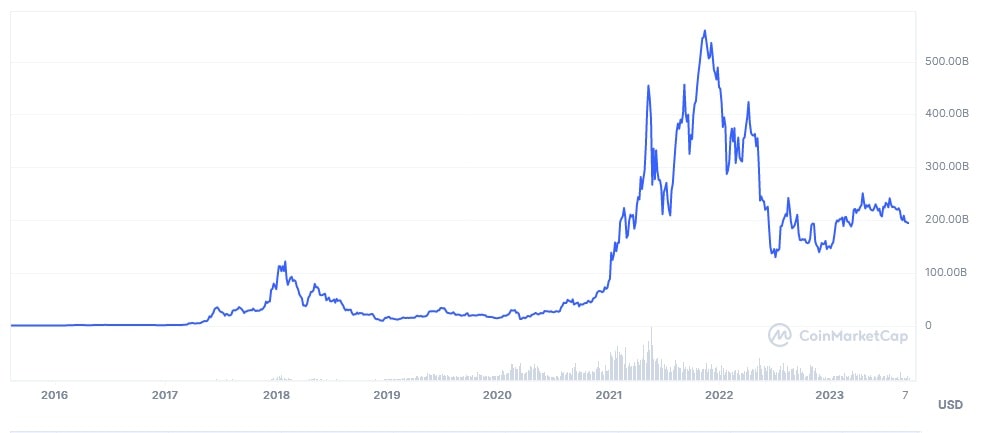
- Polkadot (DOT). Polkadot initially positioned itself as a platform for Web3. The project aims to facilitate interoperability between different blockchains, allowing them to communicate and share data seamlessly.
- Filecoin (FIL). Filecoin provides decentralised storage solutions, allowing users to rent out their spare storage space or pay for secure and distributed data storage. Also worthy of mention are Filecoin's main competitors, Storj (STORJ) and Siacoin (SC).
- Chainlink (LINK). Chainlink provides decentralised oracle services enabling smart contracts to securely interact with real-world data.
- The Graph (GRT). It's a decentralised and open indexing protocol for querying data from blockchains, which acts as an analogue to an internet search engine.
- Theta (THETA). It's a video streaming platform that rewards users for sharing their extra throughput and computing resources.
- Uniswap (UNI). Uniswap is a decentralised exchange (DEX) that enables users to trade and provide liquidity for various cryptocurrencies.
- Polygon (MATIC). Polygon is a layer-2 scaling solution for Ethereum. It facilitates faster and cheaper transactions while maintaining compatibility with Ethereum's ecosystem.
Why is Web3 important?
The emergence of Web3 represents a major moment in the evolution of the Internet, with profound implications for our digital future. The basic idea behind Web3 is to limit the power of centralised entities and give people back control over their assets and data.
Censorship resistance
In recent years, there has been growing concern about the censorship of information on the Internet by tech giants and governments. Given that the Internet has become one of the main ways to get information, such censorship has far-reaching consequences.
Web3 supports censorship resistance, which allows users to express themselves freely without fear of censorship or content manipulation. By utilising blockchain technology and decentralised networks, Web3 mitigates the risk of central authorities controlling or restricting access to information and communication platforms. This feature is particularly important in regions where Internet censorship is prevalent, allowing people to freely access information and participate in online discussions.
Decentralised autonomous organisations
Another intriguing aspect of Web3 is the rise of Decentralised Autonomous Organisations (DAOs). These entities are governed by smart contracts and token holders, enabling decentralised decision-making and management. DAOs challenge traditional hierarchical structures and facilitate collective decision-making within digital communities.
DAOs have the potential to disrupt conventional organisations, offering increased transparency and reduced bureaucracy. As they become more prevalent, DAOs can reshape how businesses, nonprofits, and communities operate.
A decentralised future
Web3 represents a paradigm shift towards a decentralised future that aligns with the core principles of individual empowerment, privacy, and user-centricity. A decentralised future envisions a digital landscape where these principles reshape the way we interact with the Internet. This vision extends beyond the technical aspects of Web3; it encompasses a societal shift that touches various aspects of our lives. And while we cannot yet be sure exactly what that future will look like, some features of it can be surmised. And for now, there's every chance that Web3 will indeed make the Internet freer and fairer for its users.
Tags
Try our Bitcoin Cloud Miner and get additional crypto rewards based on your trading volume. It's immediately available upon registration.
Try our Bitcoin Cloud Miner and get additional crypto rewards based on your trading volume. It's immediately available upon registration.



